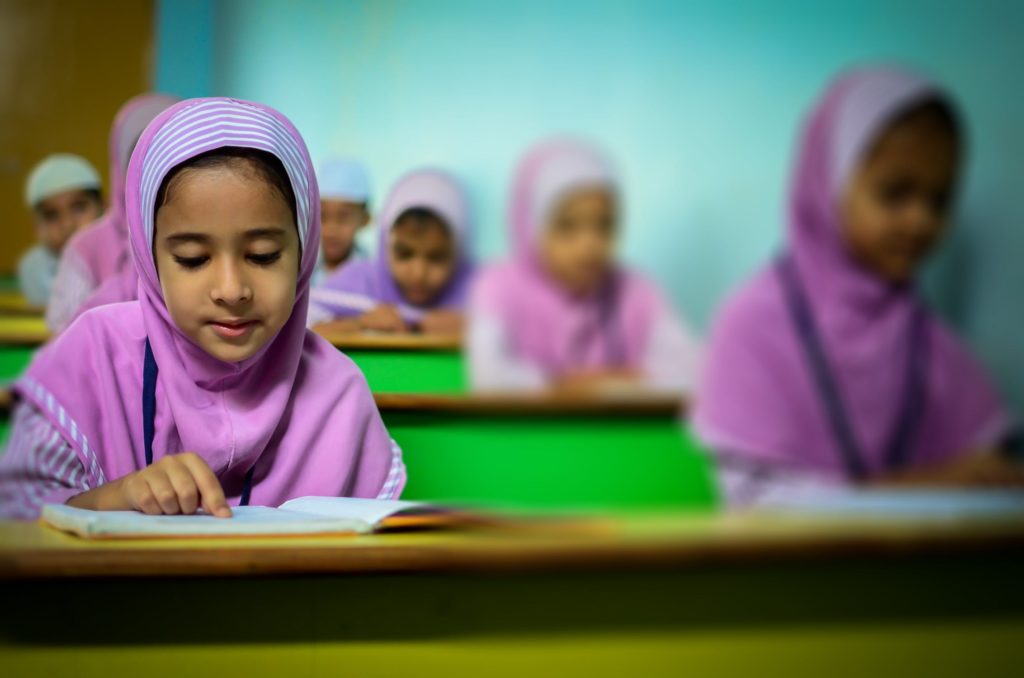During the COVID-19 pandemic, we were forced to change our normal habits and learn how to be functioning members of society from our homes. This included schooling for our children. As schools closed for in-person learning, students were forced to sit in front of their computers and attend class virtually from home for months.
While this adjustment period was difficult for many, it did provide some environmental benefits. Not only was it convenient and allowed students to spend more time with family, but there was also a positive eco-friendly impact. Just look at how clear the waters in Venice, Italy became and at how much the air quality improved in cities across the globe.
Some students may even prefer attending school virtually and choose not to go back to the classroom. Online schools like a regionally accredited digital arts high school make it possible. As more students take a liking to remote learning, there are great environmental benefits that come with it.

Reduced Emissions
Have you ever been driving behind a school bus and were appalled by the black or gray-colored exhaust that was released into the air? With students and teachers learning and working from home, these emissions are drastically reduced.
Just think, for every teacher working in a school is a car on the road driving to and from work. Now imagine all of the students riding those school buses or being driven to school by their parents each morning. That is an enormous amount of fuel burned and greenhouse gases emitted.
Limited Paper Materials
When learning in a classroom, teachers are quick to pass out worksheets, quizzes, and other paper materials to aid in learning. With the move to remote learning on computers, there was less need for paper use. Therefore, paper consumption decreased, and the need for it was lessened.
Students have also moved to taking notes on iPads, tablets, or directly on their computers. Therefore, this has decreased paper use even more and reduced demand for it.
Less Energy Used
Now that students and teachers are home, there is no need to light up entire schools or universities and consume vast amounts of electricity for heating and air conditioning. Instead, individual homes are using electricity at a much lesser power.
Plus, individuals have more control over how they use their electricity and energy. They may have solar panels on their home and use solar energy. Others may opt for energy-efficient lightbulbs. Some may be more conscious of their air conditioning settings.
Take Up Less Space
The size of a school or university is quite large and is often only used for one thing: learning. Despite the environmental benefits, it is not right for every school to go remote. Some students simply learn better in-person, and school provides a valuable way for children and teenages to build social skills and make friends. However, it is helpful for students to have the option to choose the distance learning route if they wish.
This could lead to fewer green fields and trees being destroyed for the construction of new schools or university buildings. Fewer emissions could be released because building of new schools is no longer needed, or only needed at a much slower rate.
While 2020 was definitely a difficult year, it did make us realize that there are some good things that helped the environment. It proved that change is possible if we take the proper steps.



